
Aug 2006 Marketing Tip

Oct 2006 Marketing Tip

Sept 2006 Marketing Tip

Mr. Bullfeather was beside himself with concern over his cat, Raisin.

DermaPet introduces MalAcetic HC Wet Wipes, that contain 25 pledgets, impervious, unevenly surfaced for better cleansing.

Our practice owner made attractive framed displays of interesting radiographs and pertinent history to educate and occupy our clients while they wait in the exam rooms.
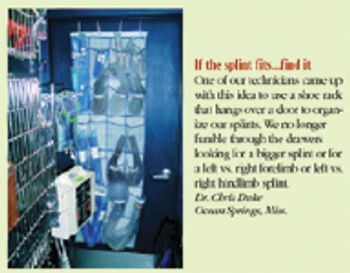
One of our technicians came up with this idea to use a shoe rack that hands over a door to organize our splints.

We save the empty sterile diluent vials to use as containers for medicine dispensed in small amounts, such as meloxicam for cats or antibiotics or anthelmintics for tiny exotic animals.

Where does the job of veterinarian rank among a list of top 50 jobs when comparing stress levels, schedule flexibility, and working environments? The job squeaks in at No. 49, nestled between sales engineer (No. 48) and school administrator (No. 50).
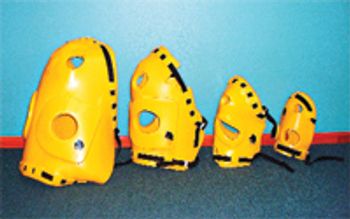
Jorgensen introduces the padded equine recovery hood for anesthesia recovery.

For some time rhinoscopy alone has been the procedure most often chosen to obtain visual and histopathologic evidence of the disease process(es) occurring in canine patients with persistent nasal signs.
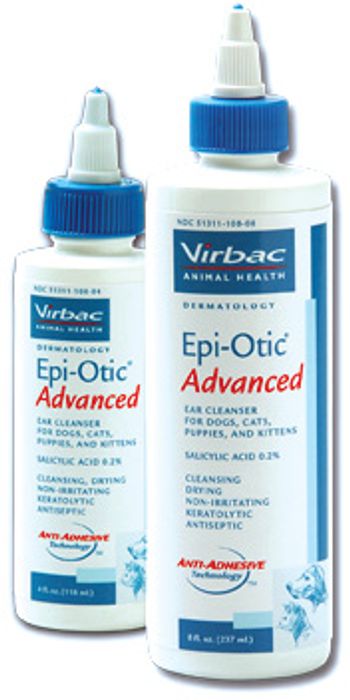
Virbac introduces Epi-Otic Advanced for the care for chronic cases of otitis externa, an inflammation of the external ear canal in dogs.
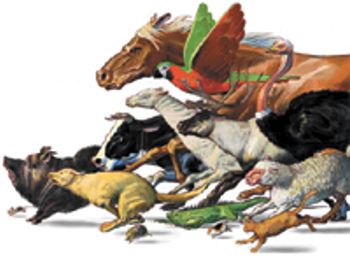
The only difference between humor and tragedy is who it happens to.

Spectrum Surgical Instruments introduces a needle rack that features an easy-to-use spring design, which holds needles securely in position, making them easy to grasp with a needleholder during surgery.

Ancom introduces take-home bags, as an attractive, convenient way to make a statement to veterinary clinic visitors and the general public.

Farnam introduces LTS tag recorder, Radio Frequency Identification (RFID) Tag Recorder anywhere livestock are located.

Boehringer Ingelheim announces the sale of its animal insecticide product line and related manufacturing facility in Elwood, Kan. to KMG Chemicals.

Henry Schein introduces the Ultima 250 Arm Mount Unit, a complete veterinary dental system that comes mounted on a 12-inch arm for a wall mount or pole mount to maximize workspace.

Companion Animal Hyperbarics introduces a hyperbaric oxygen chamber for animals.
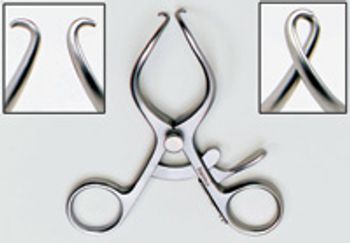
Spectrum Surgical Instruments Corp. introduces a new style of stifle retractor for use in orthopedic surgery.

Veterinary Products Laboratories announces the acquisition of VPL and Vet-Kem.

NuTopicals, L.L.C. introduces its new Heal-A-Pet? product line.
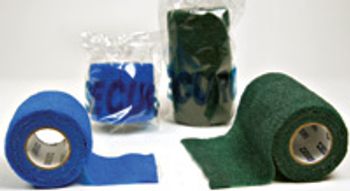
Securos introduces Securwrap, a non-woven, hand-tearable, cohesive bandage.
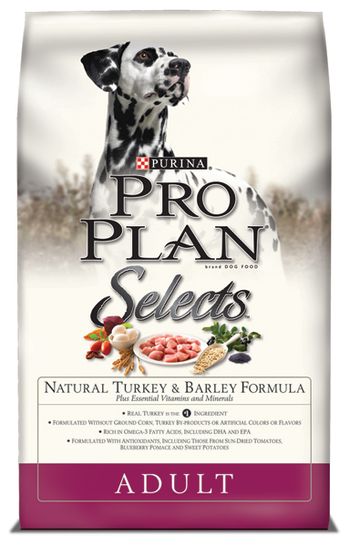
Purina introduces Pro Plan Selects, life-stage diets, natural dog food plus essential vitamins and minerals.

Novartis introduces a Web site designed to help owners identify and seek treatment for skin problems in their dogs.

Vision USA introduces the Task Vision Loupe magnifying glasses for medical and dental uses.

Merial and Boehringer Ingelheim Vetmedica Inc. announced a partnership between the Merial? Surehealth? Calf Preconditioning Program and IMI Global, an industry leader in technology solutions.

La Boit Inc., manufacturer of commercially built, specialty mobile units, offers mobile veterinary clinics to practicing veterinarians.

Schaumburg, Ill. - The American Veterinary Medical Association added 13 initiatives to the agenda of its Governmental Relations Division (GRD), the group's Washington bureau. In June, Executive Board members approved the recommendations, which originated from the Legislative Advisory Committee (LAC) and other AVMA subsets. The GRD, charged with lobbying and monitoring Congress as well as federal regulations, must champion the following actions

Manhattan, Kan. - A new law will award students $20,000 annually for up to four years for participating in the Veterinary Training Program for Rural Kansas.